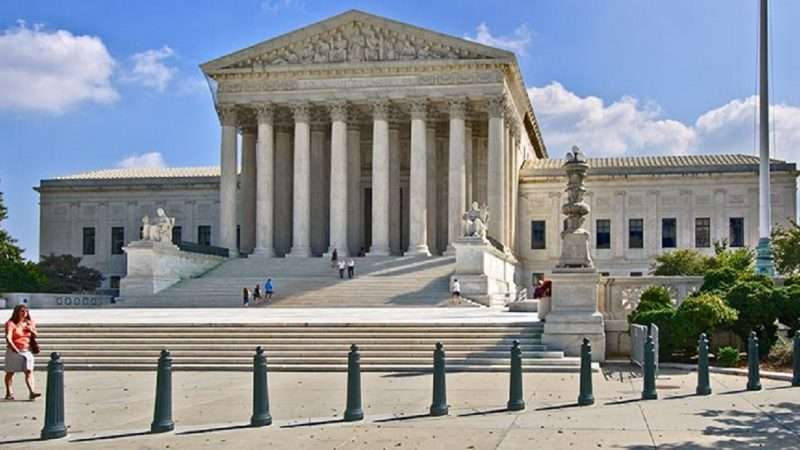

Earlier today, the Supreme Court issued complex 7-2 decisions in Trump v. Vance and Trump v. Mazars. In the former case, the Court ruled that state courts may subpoena the president’s financial records in a state criminal case and that there is no “heightened standard” for a subpoena in such cases. In Mazars, the Court vacated lower court decisions uphold congressional subpoenas for President Trump’s financial and tax records, but also rejected the president’s claims of near-total immunity for such subpoenas. Instead, the Court remanded the case to the lower courts, which are instructed to apply a complex and often vague four-part balancing test to determine which presidential records Congress is allowed to subpoena. And the test may not even be exhaustive, since the Court cautions that “other considerations” may also be relevant. Here is the test, in all its glory (or lack thereof):
First, courts should carefully assess whether the asserted legislative purpose warrants the significant step of involving the President and his papers…. Congress may not rely on the President’s information if other sources could reasonably provide Congress the information it needs in light of its particular legislative objective. The President’s unique constitutional position means that Congress may not look to him as a “case study” for general legislation….
Second, to narrow the scope of possible conflict between the branches, courts should insist on a subpoena no broader than reasonably necessary to support Congress’s legislative objective. The specificity of the subpoena’s request “serves as an important safeguard against unnecessary intrusion into the operation of the Office of the President.” Cheney, 542 U. S., at 387.
Third, courts should be attentive to the nature of the evidence offered by Congress to establish that a subpoena advances a valid legislative purpose. The more detailed substantial the evidence of Congress’s legislative purpose, the better…. That is particularly true when Congress contemplates legislation that raises sensitive constitutional issues, such as legislation concerning the Presidency. In such cases, it is “impossible” to conclude that a subpoena is designed to advance a valid legislative purpose unless Congress adequately identifies its aims and explains why the President’s information will advance its consideration of the possible legislation….
Fourth, courts should be careful to assess the burdens imposed on the President by a subpoena. We have held that burdens on the President’s time and attention stemming from judicial process and litigation, without more, generally do not cross constitutional lines. See Vance, ante, at 12–14; Clinton, 520 U. S., at 704–705. But burdens imposed by a congressional subpoena should be carefully scrutinized, for they stem from a rival political branch that has an ongoing relationship with the President and incentives to use subpoenas for institutional advantage….
Other considerations may be pertinent as well; one case every two centuries does not afford enough experience for an exhaustive list.
I have little to say about Vance, except that I think the majority’s reasoning is strong and compelling. On Mazars, I agree with the majority’s rejection of both Trump’s position and the House of Representatives’ contention that Congress has virtually unlimited subpoena power. But I fear that the four-part test is vague, unwieldy, and unnecessary. Among other things, it is not clear what courts should if some of the factors cut in favor of Congress while others support the president. Many aspects of the individual factors are also vague. For example, it is not clear what counts as an excessive “burden” under the fourth factor, or how such burdens are to be measured. And, of course, we don’t know what “other considerations” the Court thinks might be relevant.
The test is likely to lead to further prolonged litigation, both in this case, and perhaps other ones in the future. The one thing we can say with some certainty is that trying to make sense of the Court’s standards will provide plenty of work for both congressional and executive branch lawyers! I would have preferred that the majority adopt something like the much simpler limiting principle I outlined here.
I will have more to say about Mazars in a piece on that case scheduled to be published by at the SCOTUSblog website later today, or possibly tomorrow. When it is up, I will update this post with a link.
UPDATE: I should I agree with most of what co-blogger Jonathan Adler says about the two cases here, except that I have a considerably less favorable view of the way the Court resolved (or, in key respects, actually failed to resolve) the issues in Mazars.
from Latest – Reason.com https://ift.tt/3iLsD1n
via IFTTT